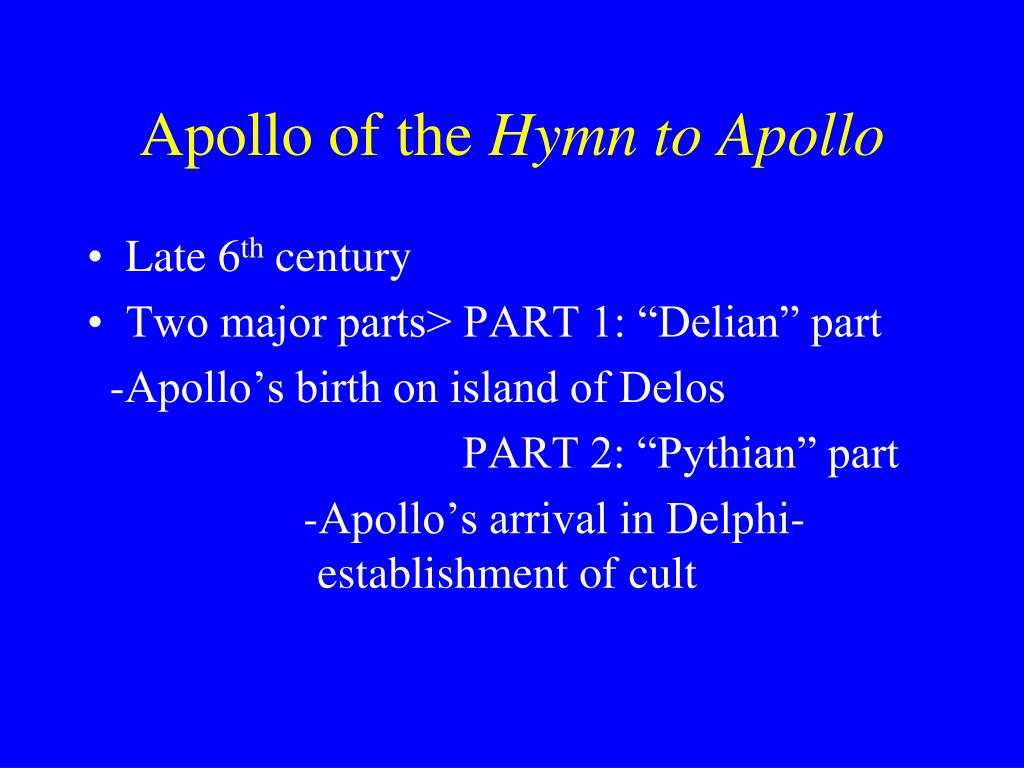

Two photographs, possibly taken by Lady Bliss, are described by her as “Hollywood Bowl 1927. Bliss was present at the next performance on Augat the Hollywood Bowl. Two local newspapers printed favorable reviews.

The American premiere took place on Main Cincinnati, Ohio with Fritz Reiner conducting the CSO. The world premiere was given in Amsterdam on Novemby Monteux and the Concergebouw Orchestra followed by a Royal Philharmonic Society concert in London on January 27, 1927. It is likely that Hymn to Apollo was first sketched out during this time of courtship, before they moved to London, although the music does not reveal romantic associations.

from 1923–25, Bliss met the young Trudy Hoffmann in Santa Barbara, California and they married in those idyllic surroundings on June 1, 1925. Outwardly, its American genesis came as a result of elation following performances in Boston and New York of his Colour Symphony by Pierre Monteux and the BSO, but there is a second and far more personal reason that this work came to fruition. The poet Kathleen Raine recognised his role as a musical ambassador for the troubled twentieth century when she wrote, “In your music you have understood, and imposed form and beauty upon our strange times.”īliss was very aware of the dual allegiance he had inherited from an American father and English mother, and nowhere is this observed more keenly than his Hymn to Apollo. Regarded as avant garde in the 1920s, he still displayed vitality and a reactionary streak in his seventies. It has never been easy to pin a convenient label to the music of Sir Arthur Bliss, encompassing as he does the genres of symphonic, chamber, film, choral, and ceremonial music. Written for the concert Apollo and Dionysus, performed on at Avery Fisher Hall at Lincoln Center. By John Wright, 2010, The Arthur Bliss Society ()


 0 kommentar(er)
0 kommentar(er)
